SEO Book.com |
- Consumer Ad Awareness in Search Results
- Which Source Do You Trust Most?
- How Did You Choose Your Primary Search Engine?
- How Many Search Engines?
- Search Again or Click On the Second Page of Search Results?
| Consumer Ad Awareness in Search Results Posted: 15 Apr 2012 10:08 AM PDT For the following study, we asked "Does this search result have ads on it? " to 1,000 searchers, per search results. Due to these surveys requiring a smaller image (to fit the ad unit size) we chose search results that generally had more ads on them (typically 3 or 4) so that the background had a significant portion of real estate devoted to ads, in spite of its small size. The one exception here was DuckDuckGo, as it only displays one ad at most even on highly commercial keywords like credit cards. Other than resizing the search result to fit, the only modifications we generally made were removing the graphic picture from the Wikipedia page near the top of the DuckDuckGo SERP (since a prior study showed that users presumed there was a correlation between graphics and the perception of ads) and that in most cases we removed the right sidebar. We did include the sidebar ads on 3 different Bing, Google, & Yahoo! search results so that we could compare the impact of sidebar ads vs not having a sidebar. Executive SummaryThe 3 big takeaways are:
Combined Survey ResultsFor the question Does this search results have ads on it?
User Voting Images Here are the images users saw when they voted: AOL SERP
Ask SERP
Ask Arbitrage SERP
Bing SERP
Bing With Sidebar SERP
Dogpile SERP
DuckDuckGo SERP
Google SERP
Google With Sidebar SERP
Yahoo! SERP
Yahoo! With Sidebar SERP
Which SERP Has an Ad? (Maps vs AdWords Ads)Prior to doing the above study, we asked users to please click on the search result which has an ad in it, listing search results side by side. Any bias presented in this (outside of both having smaller than actual sizes) impacts both images. At first we did a regular Google SERP where we included the branding & then we followed up with one that is more zoomed in on the actual search results but does not include branding. On the one that was less zoomed in people thought the map was an ad more often, but upon further zooming they thought it was roughly 50/50.
Comparing Google+ to AdsDoes this search result have ads on it?
Searchers tend to think that Google+ integration in the right rail is an ad unit. More people voted that Google+ without ads had ads in the search results than a SERP with 4 AdWords ad units and no Google+ integration. Search Engine Ad Background ColorAfter seeing that users generally guessed no better than a coin toss at best in most cases, we decided to ask What background color do Google search results use to denote top left search advertisements? The same question was asked of Yahoo! & Bing search results. Google
Bing scored highest, however blue also scored as the 2nd highest color for all 3 search engines. Nearly half of searchers believe that top ads have a white background, which highlights a general widespread lack of awareness of search ads.
Ad Location on the SERPGiven how little awareness users have of ad background color, I decided to ask: Where might ads appear on search results at top search engines like Bing & Google?
Less than 3 in 10 answered the question correctly & nearly 20% of people do not think search results carry any ads, which explains how an algorithmic penalty can create a bad quarter, why Google was sued in Australia for misleading ads & why the Rosetta Stone vs Google case was overturned. Next time you hear a search engineer talk about clearly labeling paid links, ask them why they do such a poor job of it themselves! User Trust in Ad Versus Organic ResultsEver since search engines have weeded out some of the more exploitative reverse billing fraud ads, trust in online ads has been growing. Based on the above, we wanted to see how users perceive ads vs organic search results, so I asked: Search engines include both algorithmic search results and ads in them. Which do you trust more?
The above result surprised me given how people disliked money influencing search results. It is a strong compliment to the ads that only 40% of people trust the editorial more than the ads. However this number might be thrown off by the fact that many people are unaware of where the ads actually appear in the search results & what results are ads. (As noted above, most people voted that they thought that either search ads were only in the right column or that there weren't ads in the SERPs.) Making Up for the Small Image ProblemOne of the bigger issues with Google's current survey solution is that you are limited to rather small sized images. Such limitations do not harm asking a question like "what color does Google use for x" but they do make the search result a bit harder to see. To compensate for that problem we ran a separate survey on AYTM, where users were able to view a search result in full screen mode for 10 seconds & then they were asked 3 questions.
The purpose of the first question was to put a few seconds in between them seeing the image and them answering the second question. One other improvement that was made here (in addition to allowing users to see a larger sized search result image) was that we added an "I am not sure" answer to the questions. Below are the responses in table + graphic form, followed by the AYTM widget. Where May Ads Appear on Google's Search Results Page?
Did the Viewed Search Result Have Any Ads On It?
What Background Color Does Google Use to Denote Ads At the Top Left of Their Search Results?
Even directly after viewing a search result with 3 ads in it, most users are uncertain of where ads may appear, what color the ads are, and if the search result even had any ads in it! Users confusing the yellow background as white shortly after seeing it is anything but an accident: In a RGB color space, hex #fef7e6 is composed of 99.6% red, 96.9% green and 90.2% blue. Whereas in a CMYK color space, it is composed of 0% cyan, 2.8% magenta, 9.4% yellow and 0.4% black. It has a hue angle of 42.5 degrees, a saturation of 92.3% and a lightness of 94.9%. #fef7e6 color hex could be obtained by blending #ffffff with #fdefcd. If you have an older monitor or a laptop which you are viewing at an angle these colors are nearly impossible to see. Embed The AYTM Graph in Your WebsiteHere is the AYTM widget of the above 1,000 person survey, which you can embed in your website. Embed Code: Categories: | ||||||||||||||||||||||||||||||||||||||||||||||||||||||||||||||||||||||||||||||||||||||||||||||||||||||||||||||||||||||||||||||||||||||||||||||||||||||||||||||||||
| Which Source Do You Trust Most? Posted: 15 Apr 2012 09:46 AM PDT Which do you trust most as a source of advice on important issues?People tend to trust friends & family and the mainstream media far more than they trust websites & search engines.
Relative to one another, men tend to trust newspapers, search engines & weblogs more; whereas women tend to trust friends & family and social media websites more.
The youngest age group tends to trust social media a bit more & newspapers a bit less than other age groups do. Outside of that, it is somewhat hard to see other age-based patterns.
Here is data by geographic region.
Rural people tend to trust friends & family more, while urban people tend to trust newspapers more.
The richer you are, the less you generally trust friends & family. The rich also trust newspapers & blogs more (though the blog data point had a small sample size).
Categories: | ||||||||||||||||||||||||||||||||||||||||||||||||||||||||||||||||||||||||||||||||||||||||||||||||||||||||||||||||||||||||||||||||||||||||||||||||||||||||||||||||||
| How Did You Choose Your Primary Search Engine? Posted: 15 Apr 2012 09:24 AM PDT When you search, how did you pick your primary search engine?Most people use the search engine which they believe has the best relevancy, whatever their computer came with, or what a friend recommended.
Men are more inclined to believe in superior relevancy, whereas women are more likely to use the default or what a friend recommends
The youngest age group is easiest to influence with advertising or buying the default placement. 25 to 34 is more concerned about relevancy & older people are more likely to have it bundled with software than younger people are.
People out west tend to be more concerned with / driven by perceived relevancy. People in the midwest rely more on word of mouth. People in the south and north east are more likely to use the default.
Here is data by population density.
There doesn't appear to be any obvious correlations with age.
Categories: | ||||||||||||||||||||||||||||||||||||||||||||||||||||||||||||||||||||||||||||||||||||||||||||||||||||||||||||||||||||||||||||||||||||||||||||||||||||||||||||||||||
| Posted: 15 Apr 2012 08:54 AM PDT How many search engines do you typically use in a given month?Most people only use 1 or 2 search engines in any given month.
There isn't much difference between men & women on this front.
Surprisingly, older people are more likely to use a variety of search services while younger people are more likely to stick with their one favorite. I would have guessed that to be the other way around.
Here is the geographic breakdown.
Here are stats by population density.
Here is data by income groups. No obvious pattern here either.
Categories: | ||||||||||||||||||||||||||||||||||||||||||||||||||||||||||||||||||||||||||||||||||||||||||||||||||||||||||||||||||||||||||||||||||||||||||||||||||||||||||||||||||
| Search Again or Click On the Second Page of Search Results? Posted: 15 Apr 2012 08:41 AM PDT If you use a search engine but don't find what you are looking for, which are you more likely to do?People are more likely to search again with a new keyword than they are to click onto the second page of search results.
The split is fairly consistent among men and women.
There isn't an obvious pattern among age either.
People in the west & midwest are more likely to change keywords, whereas people in the north east & south are roughly equally likely to change keywords or go to page 2 of the search results.
Suburban people are more likely to change keywords than to click on to page 2.
There isn't much of an income correlation either.
It would also be interesting to run this question again & include the option of trying another search engine as an answer. Categories: |
| You are subscribed to email updates from SEO Book.com To stop receiving these emails, you may unsubscribe now. | Email delivery powered by Google |
| Google Inc., 20 West Kinzie, Chicago IL USA 60610 | |



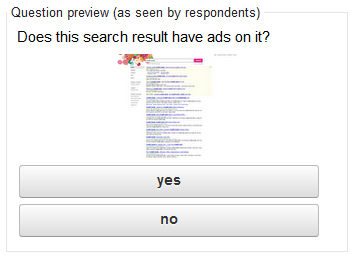
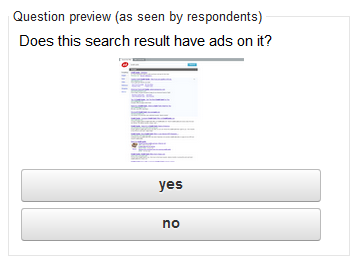

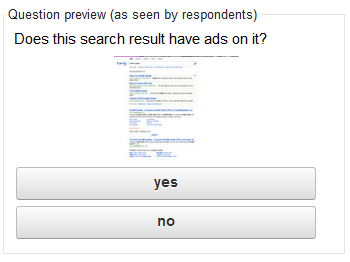

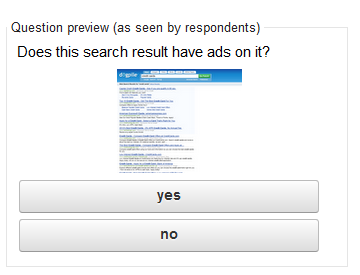


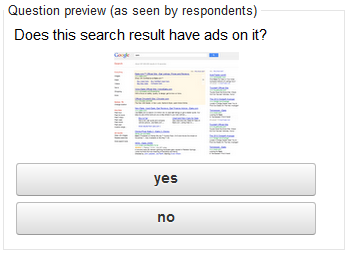
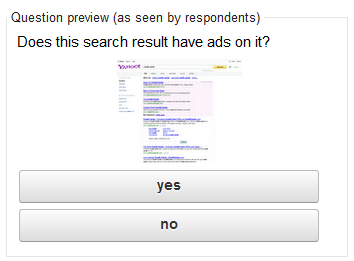
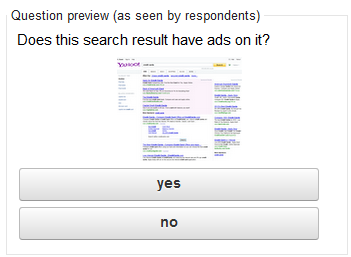
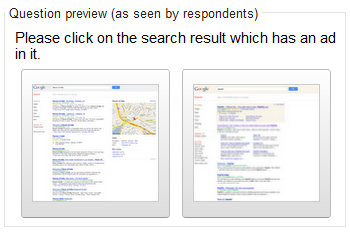
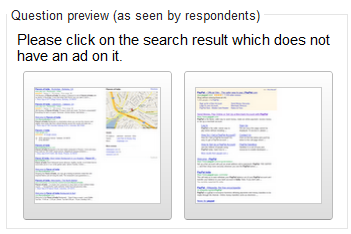
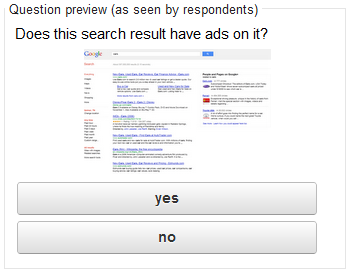
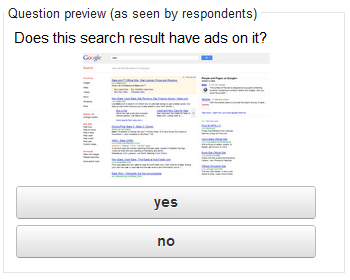
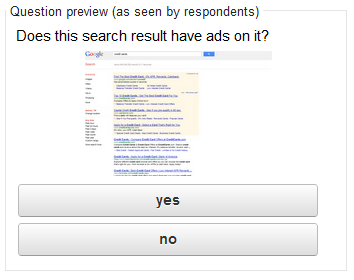
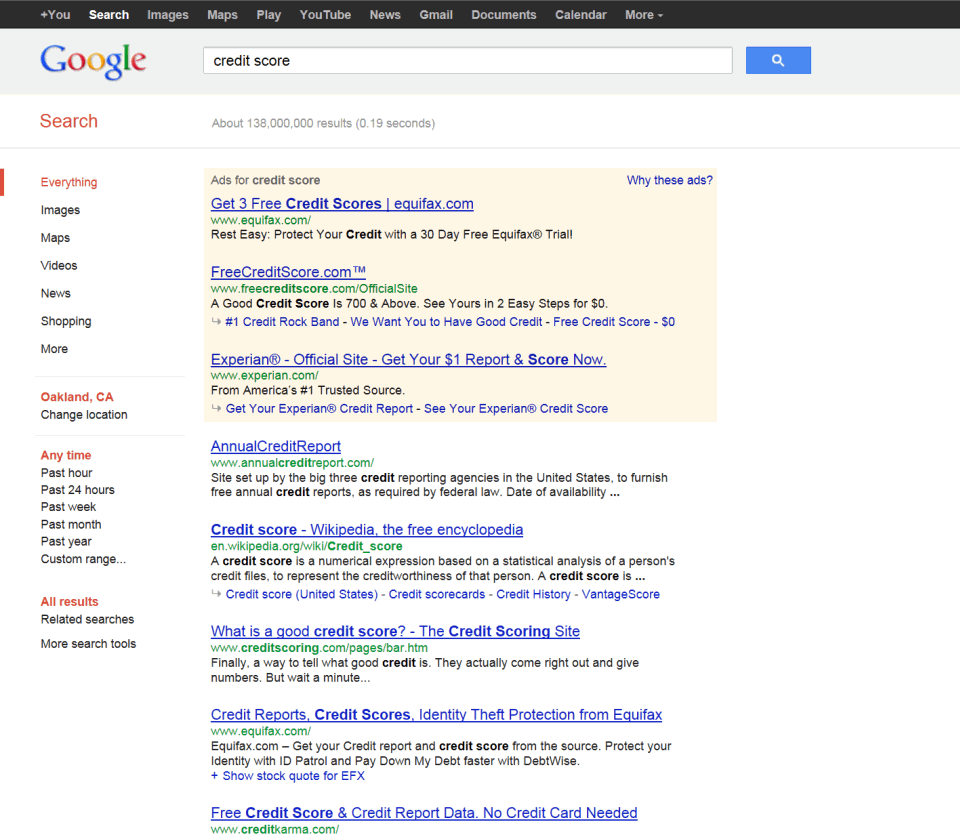
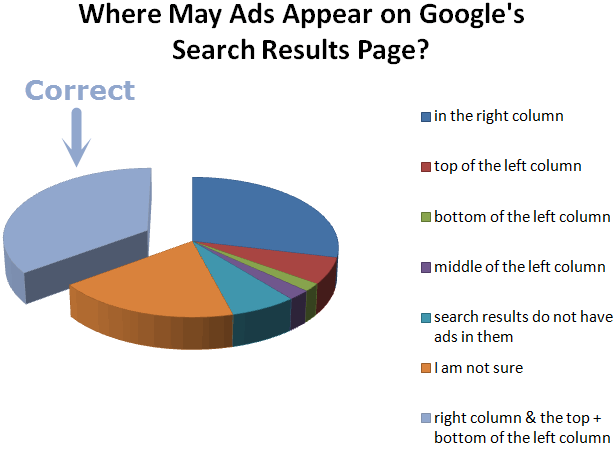
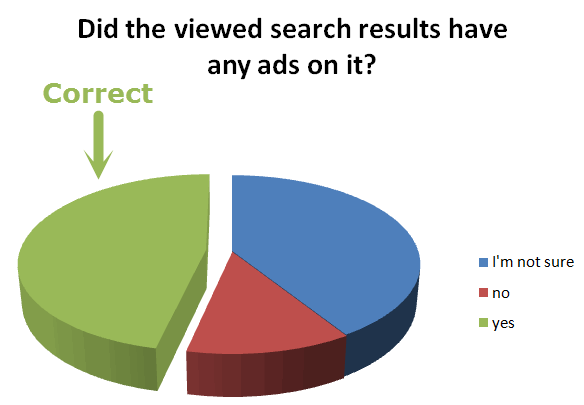
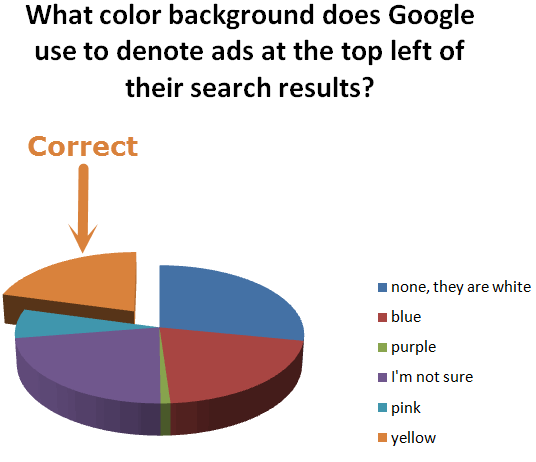

No comments:
Post a Comment